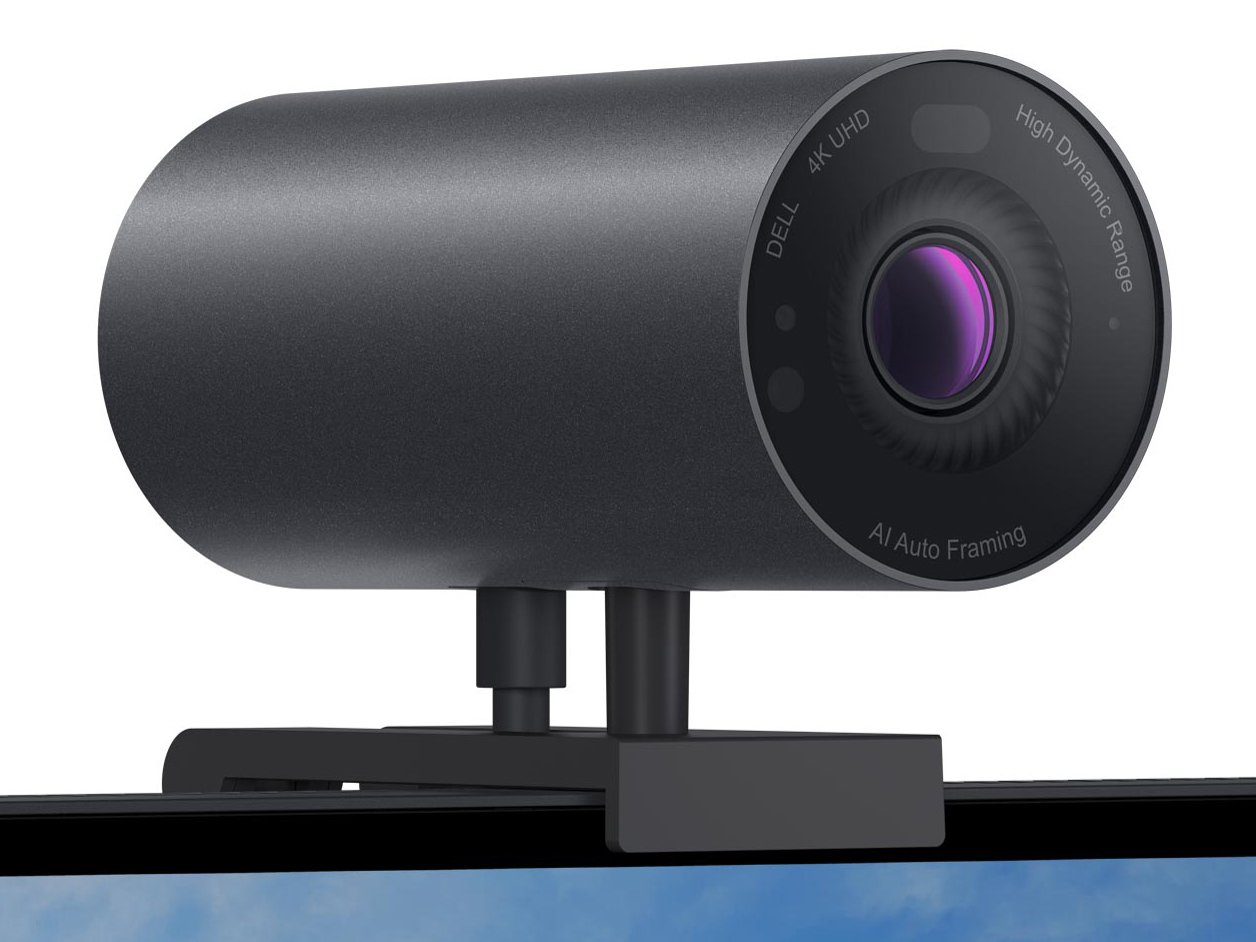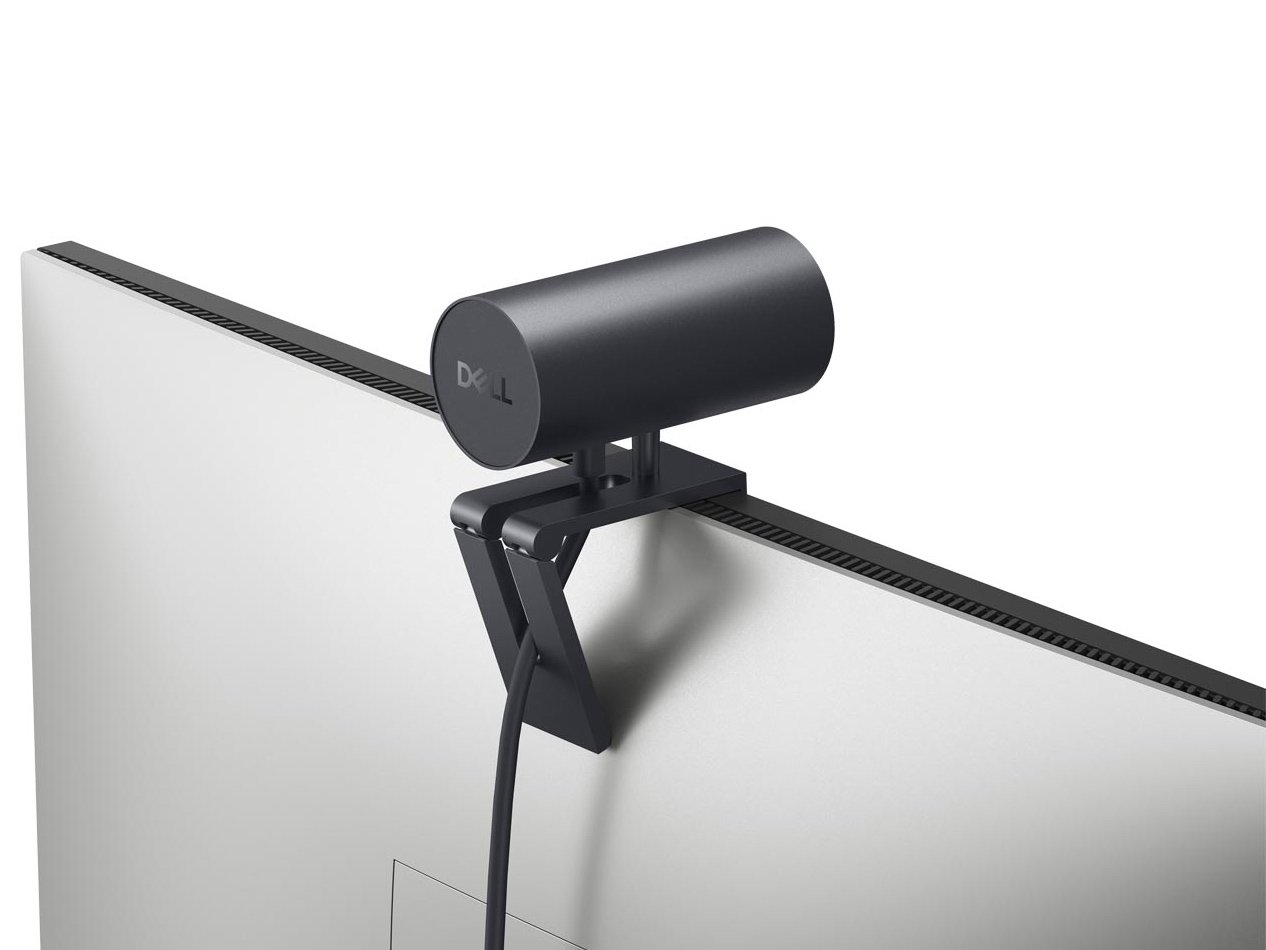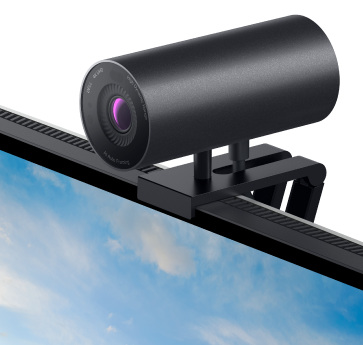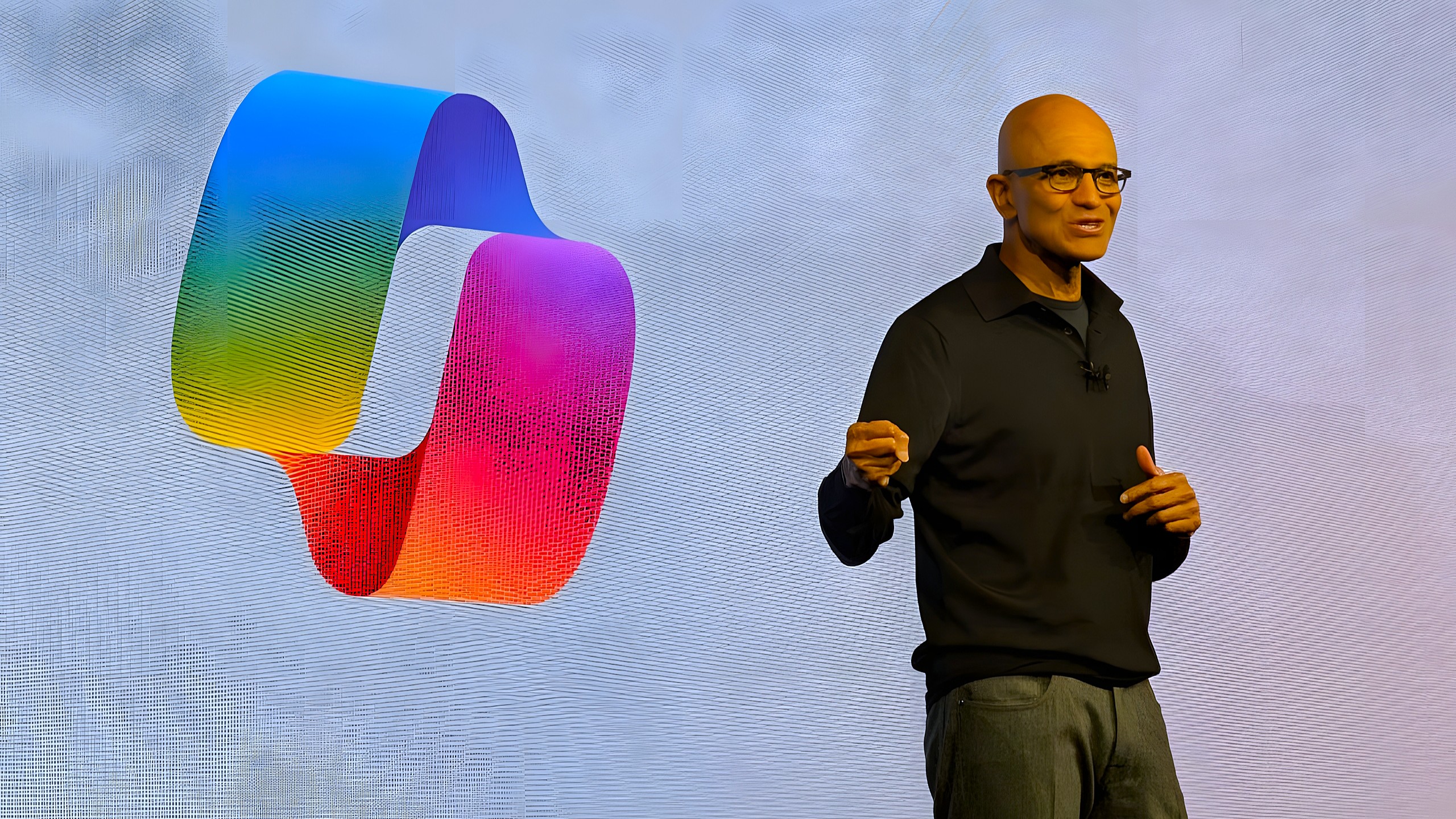Dell's new UltraSharp 4K webcam with AI could finally overthrow Logitech's BRIO 4K
Featuring a large 4K Sony STARVIS CMOS sensor, HDR, and some intelligent software, all for $199, the UltraSharp could be a winner.

What you need to know
- The Dell UltraSharp Webcam (WB7022) seeks to topple Logitech for the best 4K webcam.
- The UltraSharp features a large Sony STARVIS CMOS sensor, AI, and HDR to deliver excellent video quality.
- The camera also features Windows Hello and Dell ExpressSign-In to wake your PC and log into Windows quickly.
- The $199 camera goes on sale today, June 29.
Logitech is still the king with its popular BRIO 4K, offering the best image quality we have seen when it comes to webcams, even 4 years after its debut. Of course, since the pandemic of 2020, the webcam market has suddenly become much more critical, and we are starting to see that heat up with the Konftel Cam10 and now Dell.
Today, Dell is unveiling its new $199.99 UltraSharp Webcam (WB7022), which is now on sale.
The camera can do 4K like BRIO, but it uses a high-end Sony STARVIS CMOS sensor to do so with an elongated body to house all the components. Dell, effectively, wanted to have a DSLR-like camera experience, and that was the challenge they sought to conquer.
Like other 4K cameras, the UltraSharp can shoot video at 30 FPS in full resolution, but if you want 60 FPS, you must bump it down to full HD.
| Category | Dell UltraSharp Webcam (WB7022) |
|---|---|
| Resolution | 4K UHD / 24, 30 Full HD / 24, 30, 60 HD / 24, 30, 60 |
| Megapixel | 8.3MP |
| Sensor brand | Large Sony STARVIS CMOS |
| FOV | 65, 78, 90 degree |
| HD Digital Zoom | Up to 5x |
| Auto-light correction | Advanced Digital Overlap (DOL) HDR Video Noise Reduction (3D+2D) |
| Auto White Balance | Yes |
| AI Auto-Framing | Yes |
| Microphone | No |
| Privacy | Windows Hello Dell ExpressSign-in |
| Certification | Microsoft Teams, Zoom |
| Size | 42 mm x 90 mm 1.65 in x 3.54 in |
| Material | Anodized Aluminum |
| Connectivity | USB-A USB-C to USB-A (inbox) |
The UltraSharp is unique in a few ways. For one, it has no microphones on it, which is odd. But Dell makes a compelling case that people who need this camera will be using their own premium microphone setup. Not only does it save space, but it lets Dell keep the UltraSharp to just below $200.
The camera also features typical ranges for the field of view, including 65°, 78°, and a wide-angle 90°, similar to the BRIO 4K.
And yes, it not only has Windows Hello facial recognition for quick logins to Windows 10 or Windows 11 but it also sports Dell's human-presence detection technology. Referred to as Dell ExpressSign-in, the camera detects when you are in front of the camera to auto-wake the PC or auto-lock when you step away.
All the latest news, reviews, and guides for Windows and Xbox diehards.
For privacy, there is a magnetic cover that snaps into place. That cover sticks to the back of the camera when not in use for easy access. Speaking of magnets, Dell uses it for the stand and mount, too, which snaps onto the camera so users can place it on a PC or a tripod. Not only do you have many mounting options, but you also won't have to spend a lot of time setting it up either.


But perhaps it is the AI that makes this camera interesting. Dell includes auto-framing, so the camera's software auto-tracts your face and frames the video if you move during a video call. There is also sophisticated 3D/2D video noise reduction to make images less grainy and Digital Overlap HDR for "true-to-life colors and balance exposure."
Of course, Logitech's magic is really with its software, so it remains to be seen if Dell can outdo the BRIO 4K, but, at least on paper, it has all the right stuff. We'll be reviewing the UltraSharp Webcam (WB7022) to see it can replace our BRIO 4K on the weekly podcast.

Daniel Rubino is the Editor-in-chief of Windows Central. He is also the head reviewer, podcast co-host, and analyst. He has been covering Microsoft since 2007 when this site was called WMExperts (and later Windows Phone Central). His interests include Windows, laptops, next-gen computing, and wearable tech. He has reviewed laptops for over 10 years and is particularly fond of 2-in-1 convertibles, Arm64 processors, new form factors, and thin-and-light PCs. Before all this tech stuff, he worked on a Ph.D. in linguistics, performed polysomnographs in NYC, and was a motion-picture operator for 17 years.



